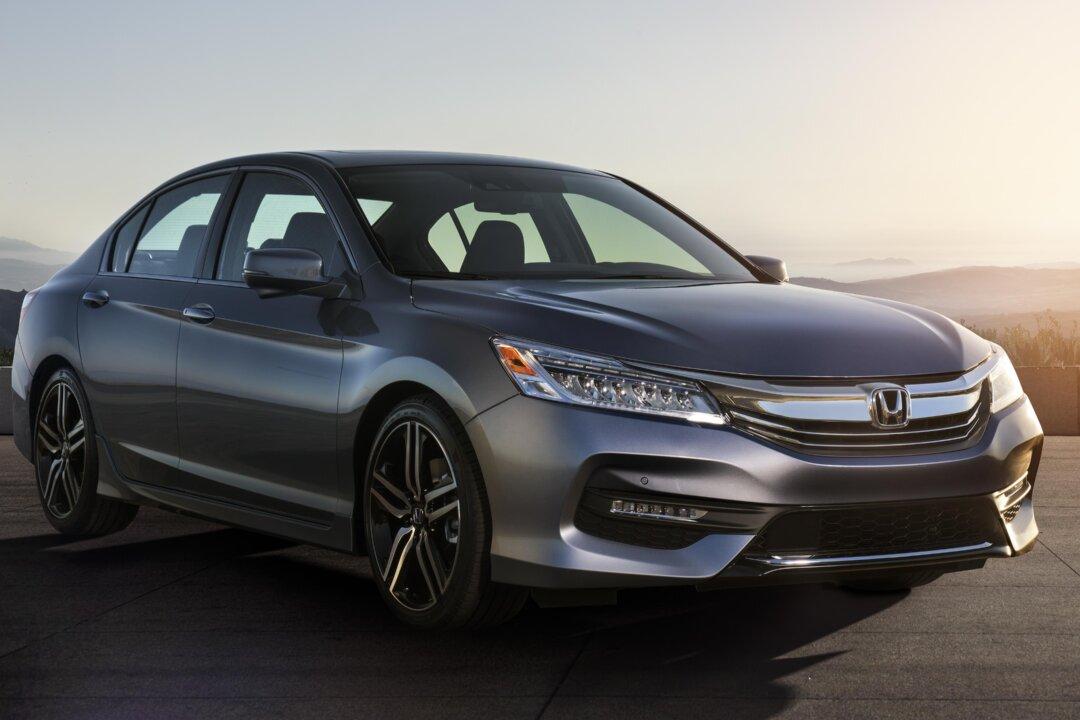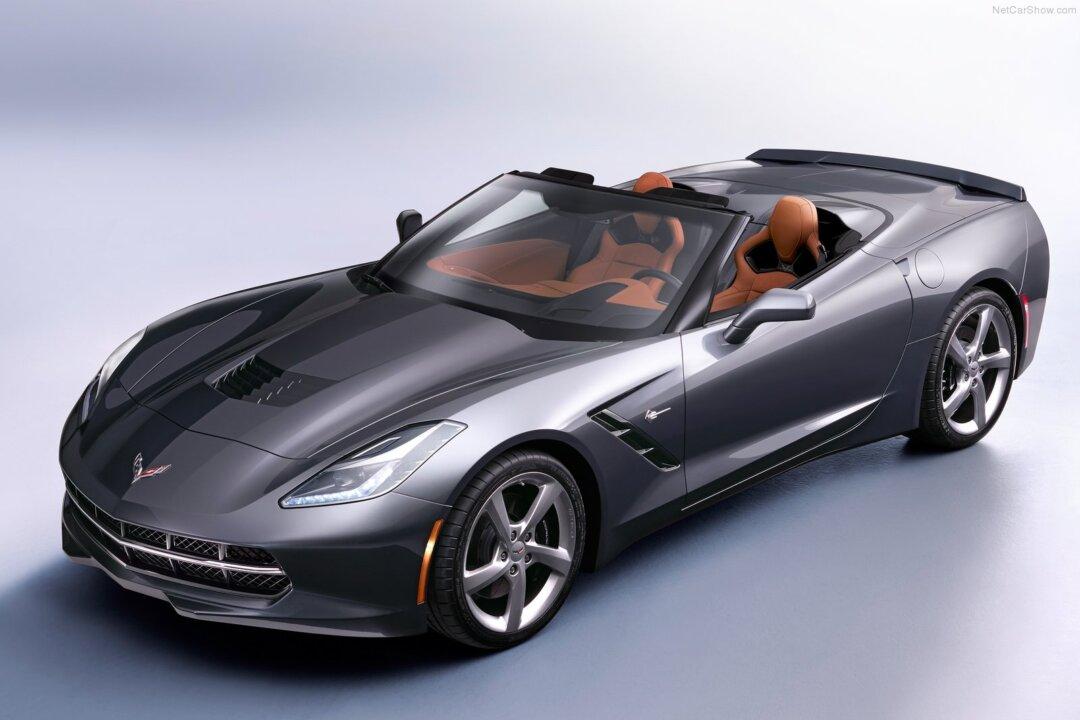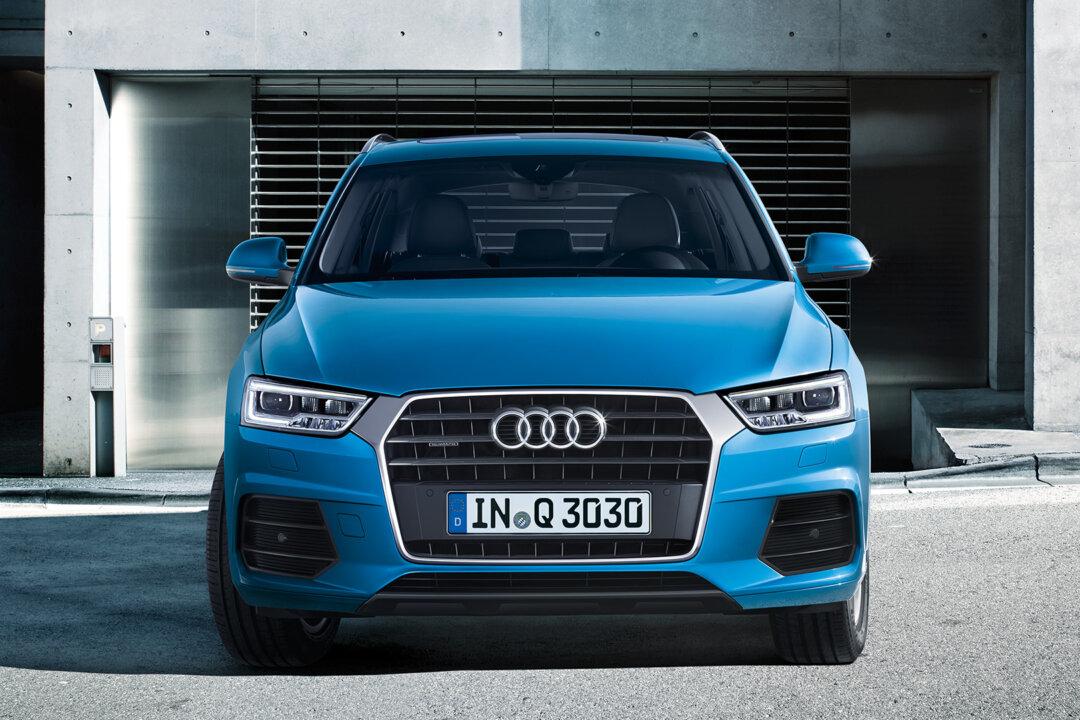The fact that the 2016 Honda Pilot shares its platform with the award-winning Acura MDX crossover may be all you need to know about the first all-new Pilot in seven years, but diving deep into the new mid-sized crossover’s attributes—from technology to safety to comfort—reveals a family-friendly vehicle that will put it back in the conversation when discussing which is the best full-sized family crossover in North America.
With an infusion of style, refinement, modern safety, and infotainment technology the new Pilot which now looks more like its smaller sibling—the CR-V than a two-decade-old Land Rover has now vaulted to the head of its segment.
While retaining its vaunted reliability, roomy interior, and family-friendly features the new Pilot is slightly larger gaining 1.8 inches in wheelbase and 3.5 inches in length and at the same time it’s slightly lighter by as much as 286 pounds.
The Pilot is again powered by a 3.5 L V6, but it’s a new direct-injection version that operates on regular gas and now displaces 280 hp and 263 lb-ft of torque, an increase of 30 ponies and nine more lb-ft. You can feel it too, especially on the higher trim levels (Touring and Elite) which get a new 9-speed automatic transmission with paddle shifters and an automatic stop/start system. The bottom three trims (LX, EX, and EX-L) are equipped with a 6-speed automatic, but even that’s a step forward over the outgoing model which lived with a rather outdated 5-speed shifter.
This translates into improved performance in real-world driving. The Pilot possesses a light and agile feel willing to tackle merges onto an interstate highway and equipped to do quick passing maneuvers around slower traffic on rural, winding two-lane roads. This new urgency is measured by 0-to-60 times in the lower reaches of 6 seconds and quarter mile times of around 15 seconds. That’s nearly two seconds faster off the line than the 2015 Pilot.




